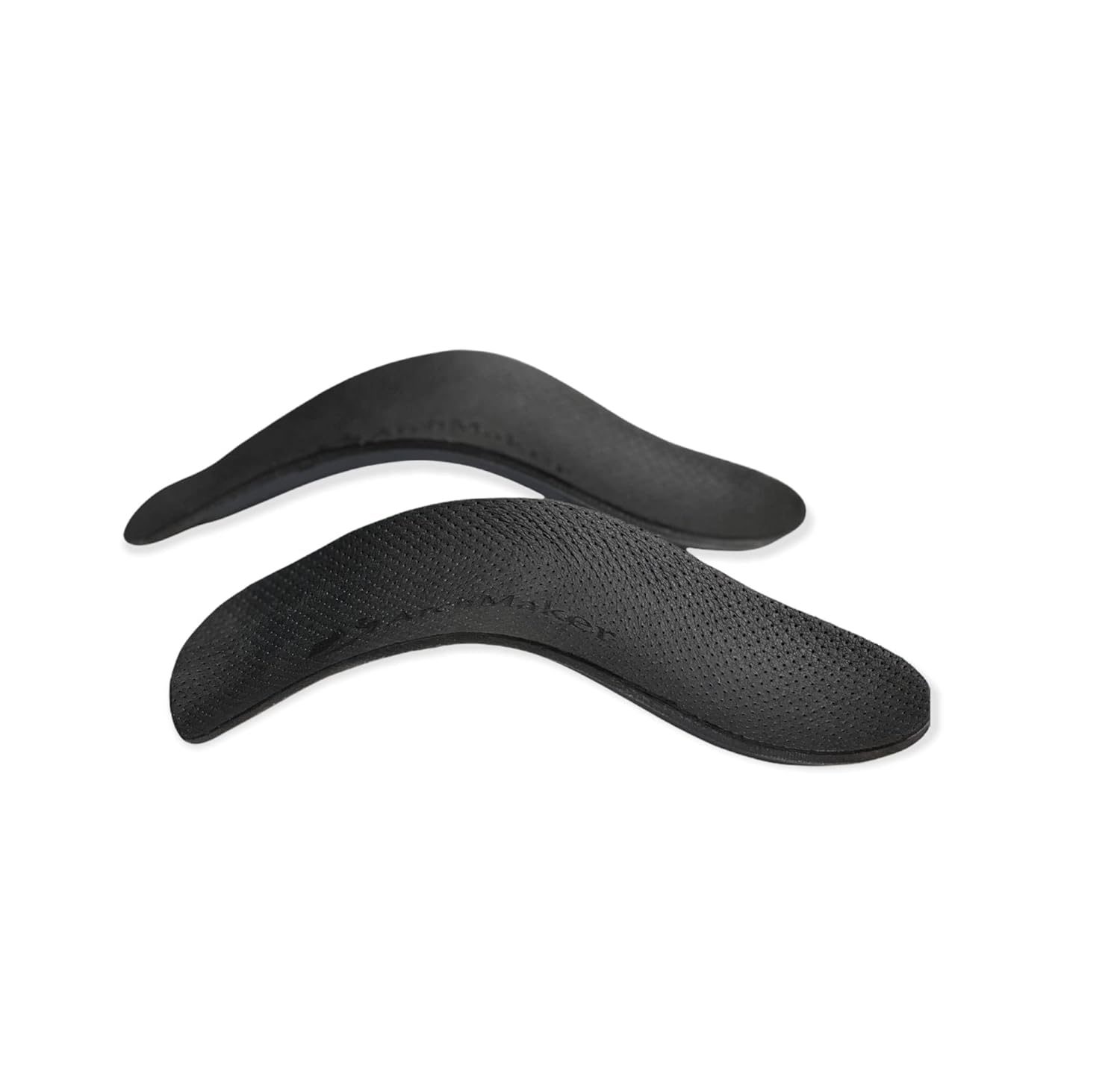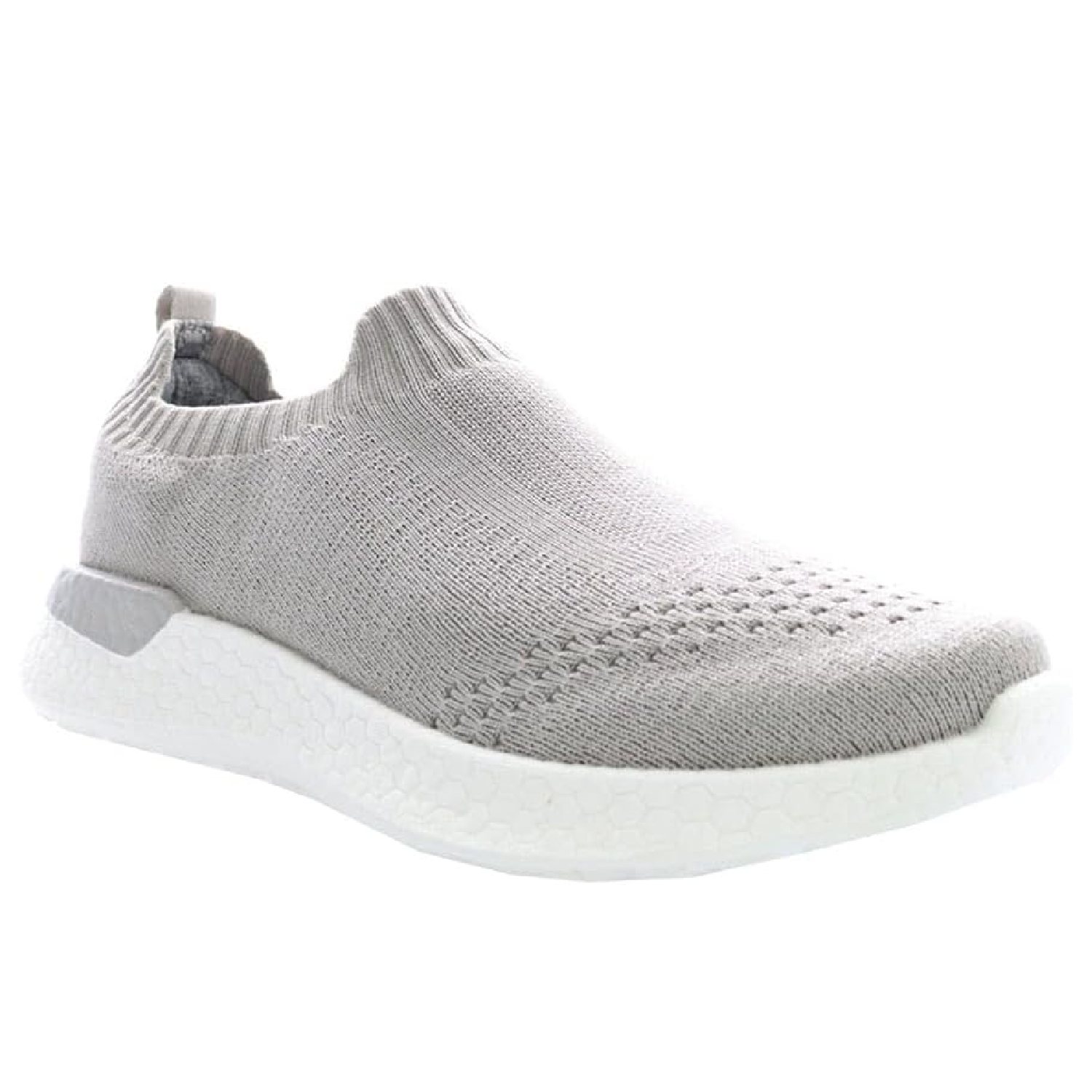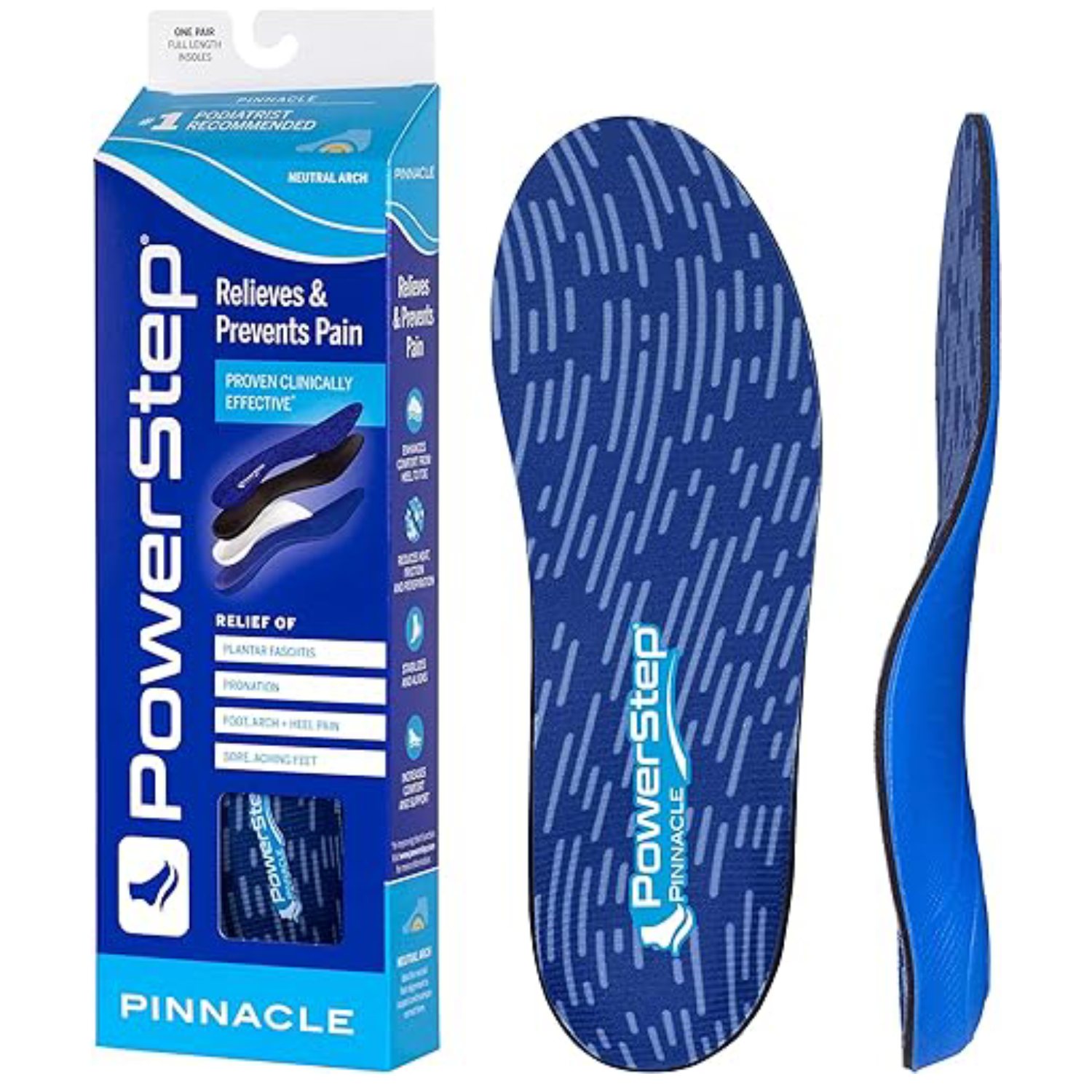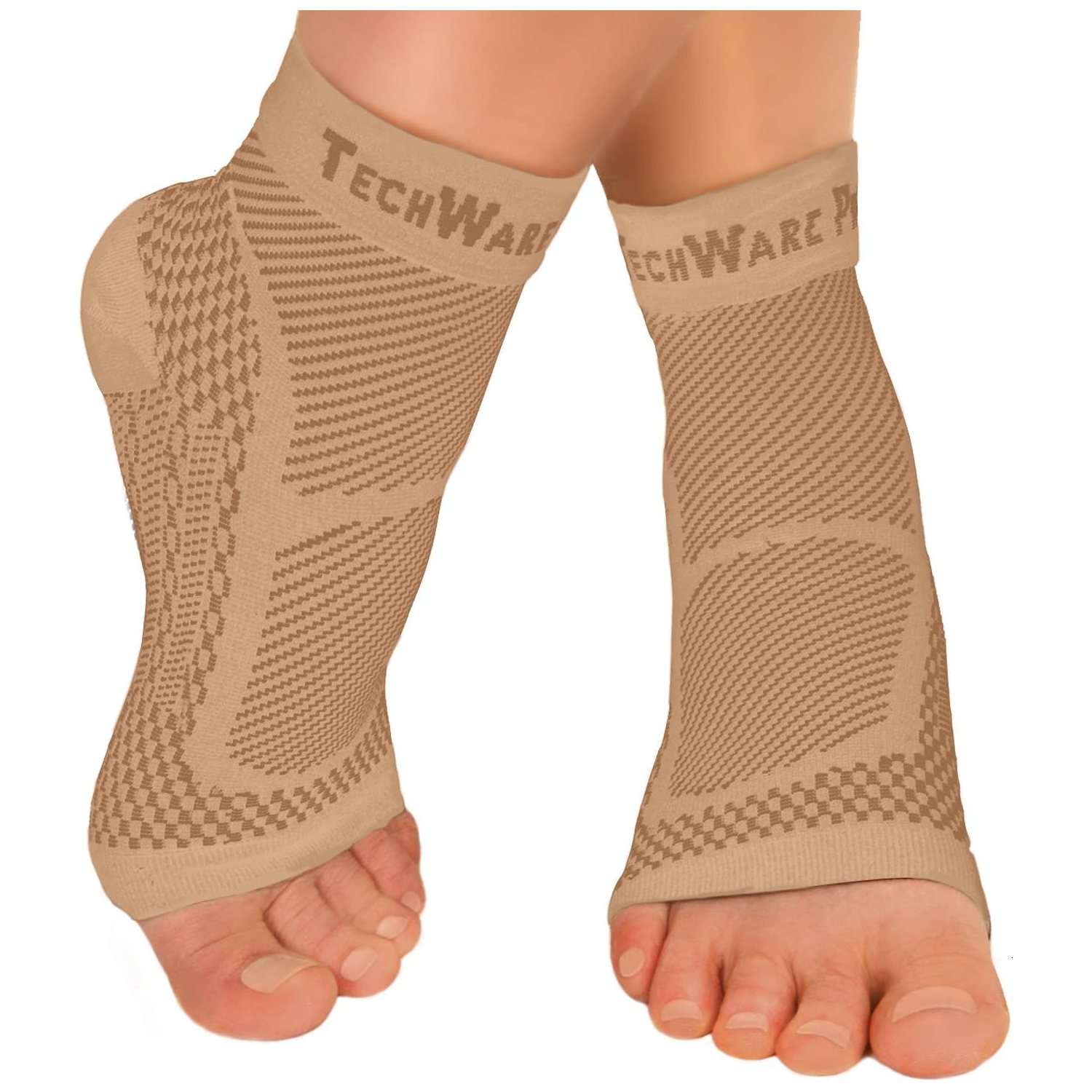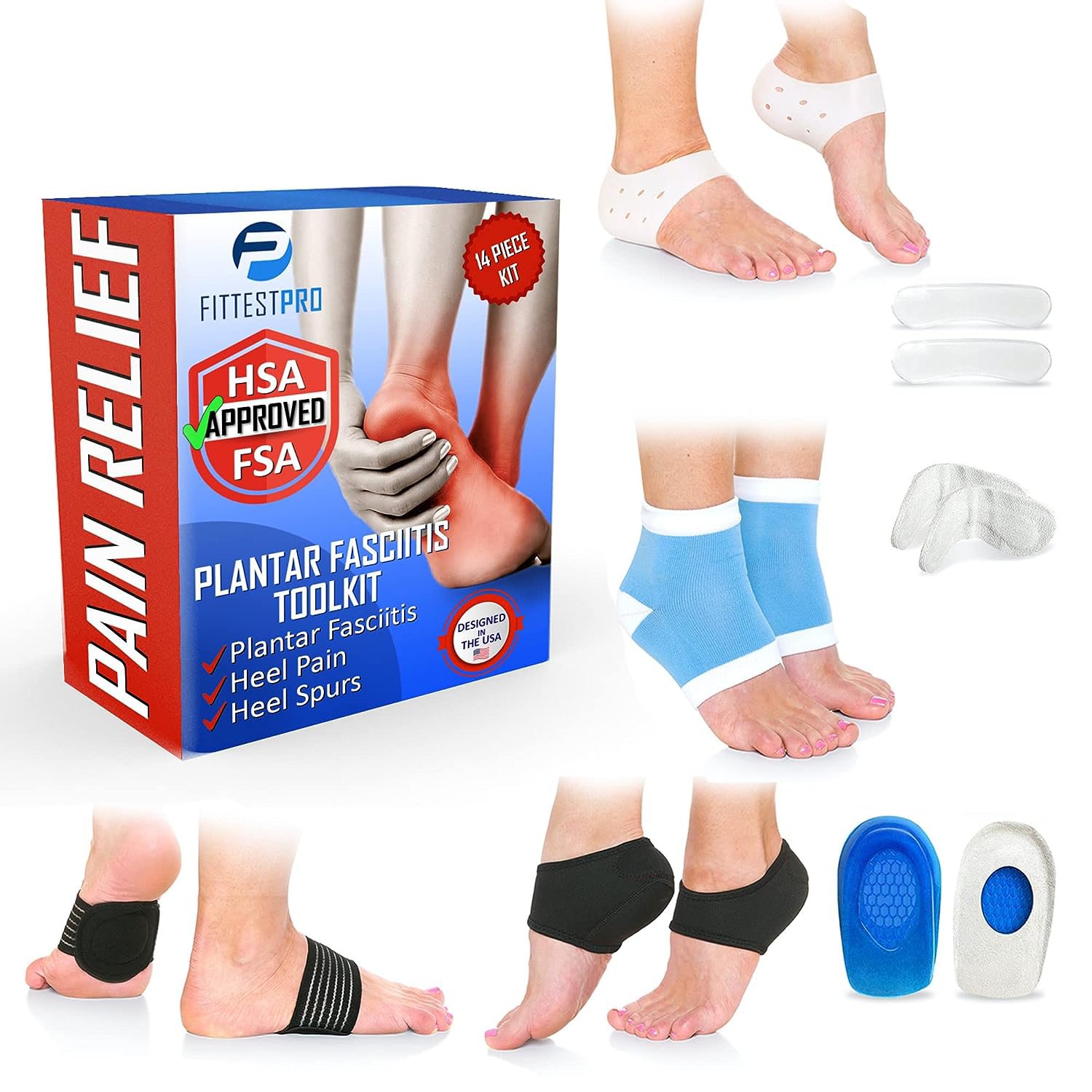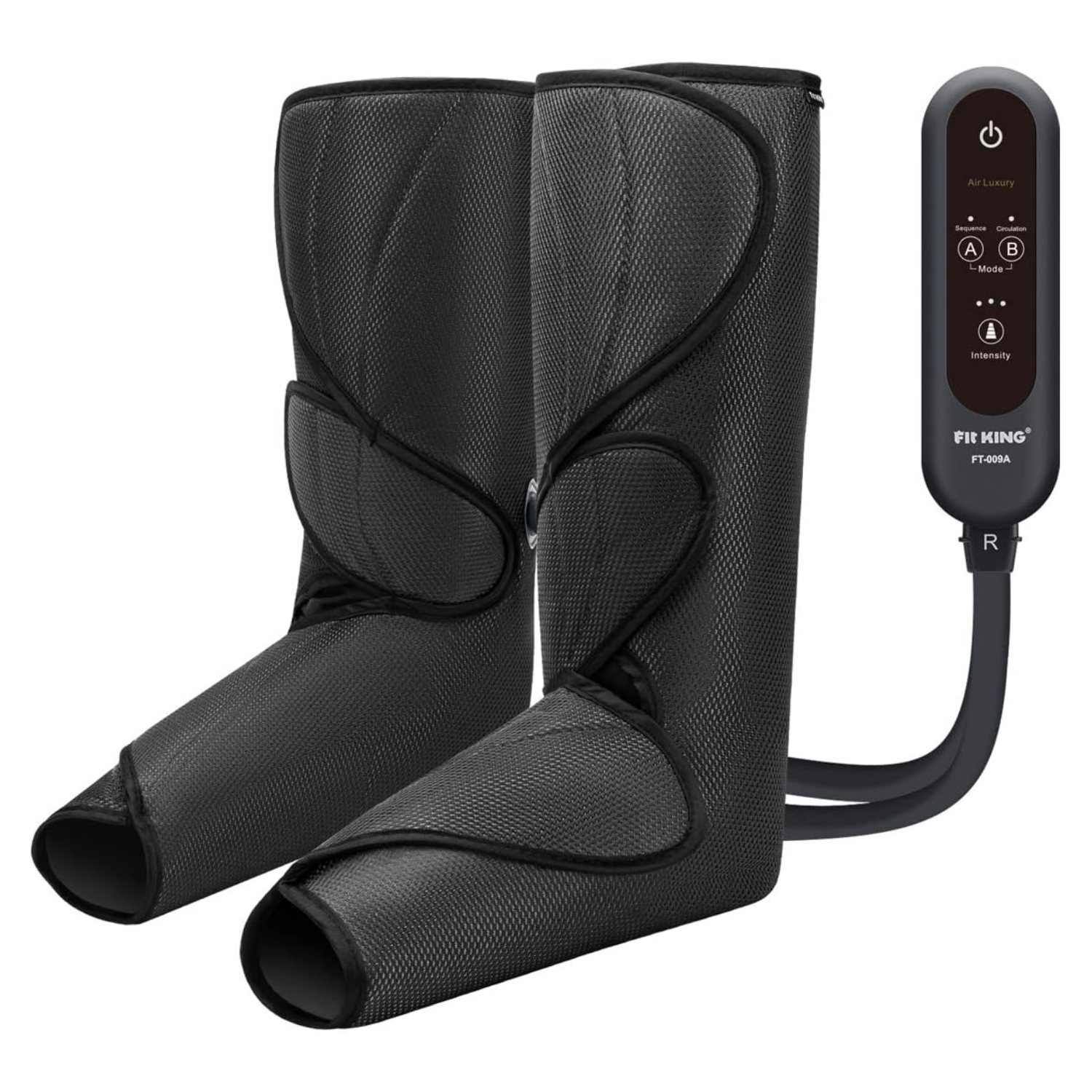Carbon Plates and Shock Absorption
When you come across those eye-catching carbon plated shoes, like the ever-popular Nike Zoom, you can be certain they’re equipped with some serious technology. These shoes boast carbon plates within their soles, providing a rigid structure that demands effective shock absorption. The prominent sole you see is purposefully designed to handle the impact while propelling you forward swiftly.
The Pros to Carbon Plated Shoes: Efficient Energy and Reduced Fatigue
So, who benefits most from carbon plated shoes? They were primarily crafted with sprinters in mind—athletes who excel in short distance runs that demand explosive energy. Carbon plates excel at propelling you forward rapidly, making your runs more efficient. With less energy required to produce the desired motion, these shoes contribute to reduced fatigue for short distance runners. If you’re a sprinter seeking that extra boost, carbon plated shoes are a game-changer.
The Cons: Not Ideal for Plantar Fasciitis and Long-Distance Running
However, it’s important to note that carbon plated shoes are not a universal solution. If you’re dealing with plantar fasciitis—a condition characterized by heel pain and inflammation—these shoes may not be the best fit for you. Their primary focus lies in energy transfer and speed, rather than offering the necessary shock absorption and support that individuals with plantar fasciitis require.
Additionally, carbon plated shoes are not designed for long-distance running, such as 10Ks, marathons, or trail running. The limited shock absorption they provide can place additional strain on your feet, potentially aggravating existing conditions. As a result, it’s crucial to reserve carbon plated shoes for short distance runs exclusively.
To sum it up, carbon plated shoes are a game-changer for sprinters and those engaged in short distance running. Their efficiency and energy transfer benefits make them an excellent choice for these specific activities. However, if you’re coping with plantar fasciitis or prefer long-distance or trail running, it’s advisable to opt for shoes that prioritize superior shock absorption and support.
Remember, it’s perfectly normal and beneficial to have different pairs of shoes for various activities. Investing in footwear tailored to your needs can help prevent injuries and ensure a more enjoyable running experience.
I hope this exploration of carbon plated shoes has shed light on their pros and cons, empowering you to make an informed decision regarding your footwear choices. As always, keep running and stay injury-free!
Disclaimer: The information provided in this blog is for educational purposes only and should not be considered a substitute for professional medical advice. Consult a qualified healthcare provider for personalized recommendations based on your specific circumstances.
